Abalone, also known as "mirror fish" or "nine-hole snail," is a type of marine mollusk that inhabits rocky shorelines and feeds on algae. The consumption of abalone has been recorded as early as in the “Yellow Emperor's Inner Canon”, an ancient Chinese medical text. Abalone is not only prized for its tender and smooth texture, but also for its delicious taste. It is considered as a precious delicacy from the sea that is nourishing without being excessively drying.
In addition to the abalone itself, the shell of the abalone is also a well-known Chinese medicinal material called "Shi Jue Ming" or "Thousand-Mile Light" in ancient texts, due to its vision-improving effects. Shi Jue Ming is also known for its ability to clear heat, soothe the liver, and release wind. It can be used to treat symptoms such as dizziness, blurred vision, hypertension, and other related conditions.

Neutral

Liver

Kidney

Sweet

Salty
Enhance sexual function, regulate physiological functions.
| . | Enhancing Sexual Function Abalone contains a significant amount of vitamin E, which is a primary antioxidant in the human body. It can promote the secretion of sex hormones, increasing sperm vitality and quantity in men. For women, it can elevate estrogen levels, improve fertility, and help prevent miscarriages.
|
| . | Regulating immune function and lowering blood lipid levels |
| . | Regulating Physiological Functions Abalone is rich in the trace element "magnesium," which aids in the absorption of calcium and potassium in the human body. It also helps regulate various bodily functions, providing preventive effects against diabetes, heart disease, and nocturia (excessive urination at night). Additionally, it can lower cholesterol levels in the body.
|

There are over 100 species of abalone, which typically inhabit areas with slightly cooler water temperatures, such as northern Japan, northeastern China, the northern part of the South China Sea in Guangdong Province, the west coast of North America, South America, South Africa, and Australia. The flow rate, temperature, and water quality of the seawater have a significant impact on the texture, taste, and growth rate of abalone. As a result, abalone from different regions are processed into dried abalone, canned abalone, or sold as fresh abalone based on their quality.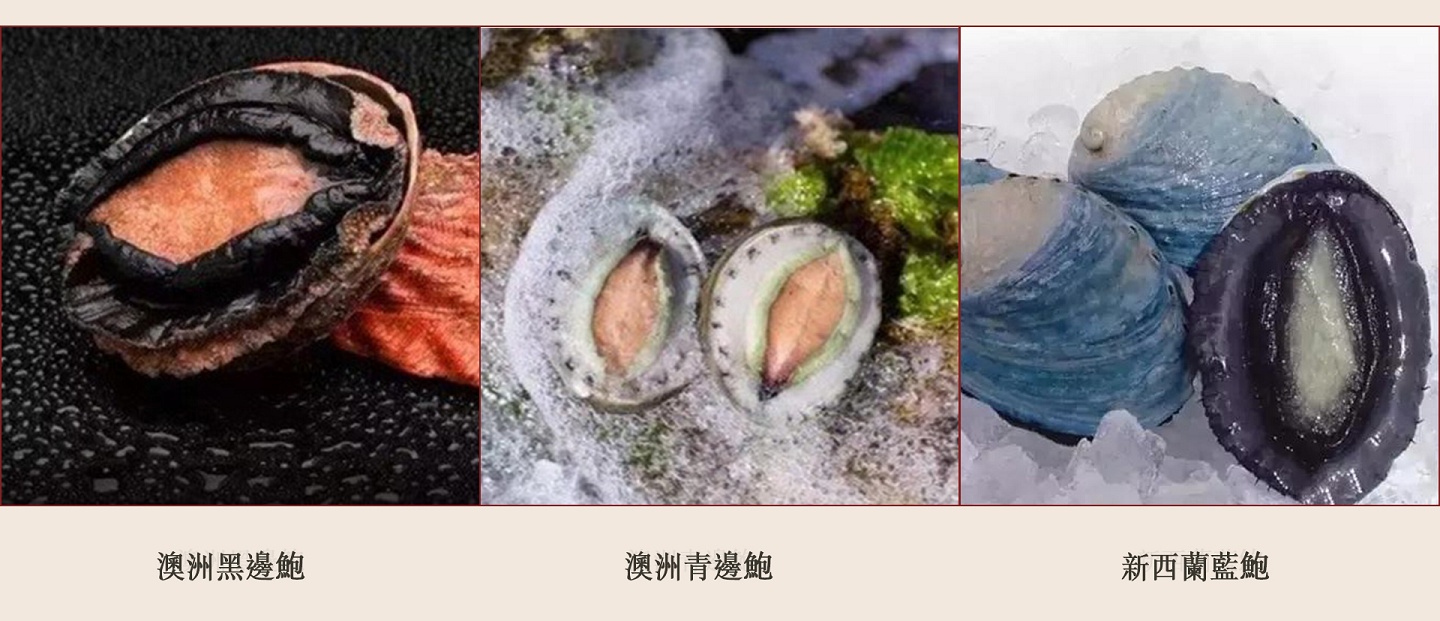

01 The ecological conditions for farming abalone depend on the coastal region, seawater temperature, and microorganisms, among other factors. The coastal areas of Japan often have sea cliffs and bays with clear water and calm waves, making them natural aquaculture sites. Additionally, these areas receive ample sunlight, with a moderate and gentle sun, providing sufficient light for the vigorous growth of underwater algae.

02 The water temperature in Iwate and Aomori Prefectures in Japan is approximately 20℃. Abalone typically start reproducing between October and December each year. It takes about 3 to 4 years of growth for them to reach the minimum length requirement of 10 cm for commercial fishing in Japan.
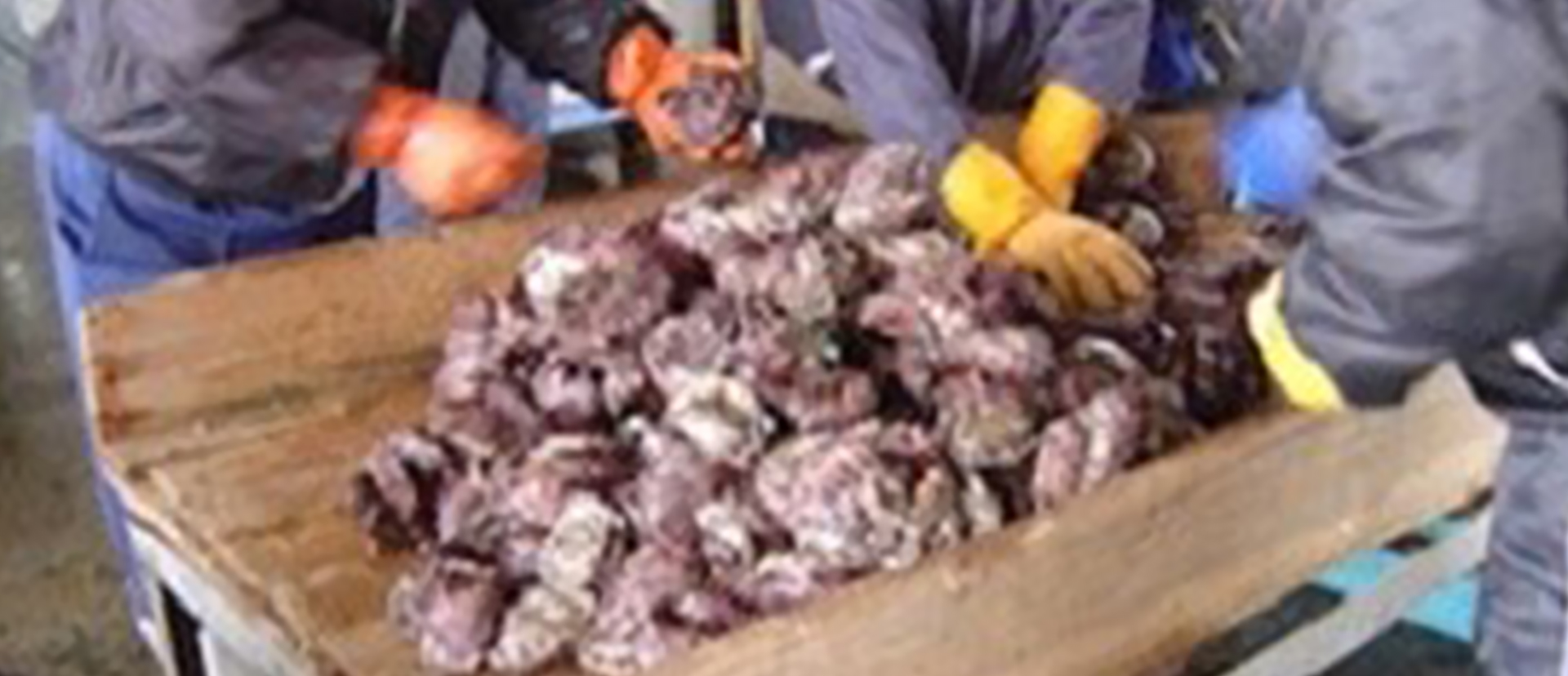
01 After the abalone are caught and brought to shore, the workers immediately and carefully remove the entire abalone meat from the shell.
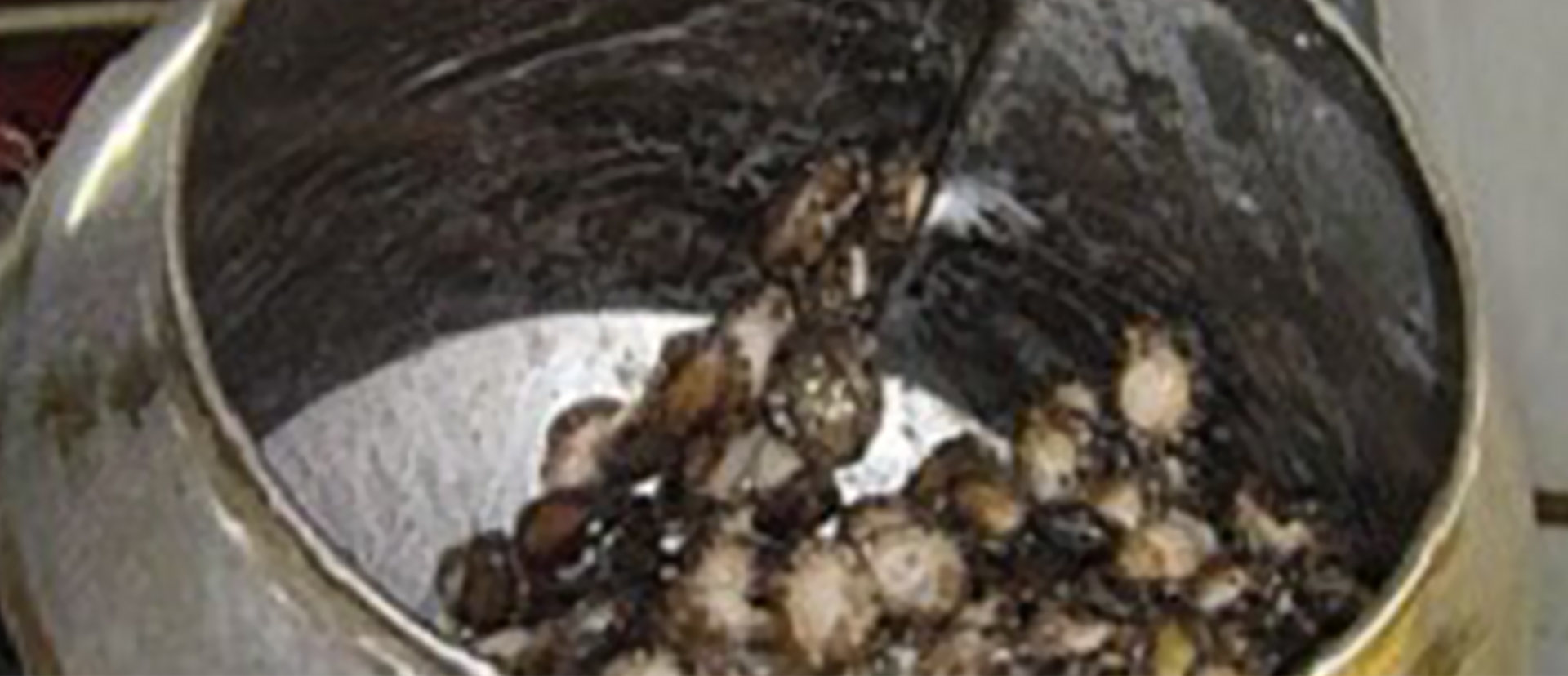
02 The next step is to clean the dried abalone using alternating hot and cold water.
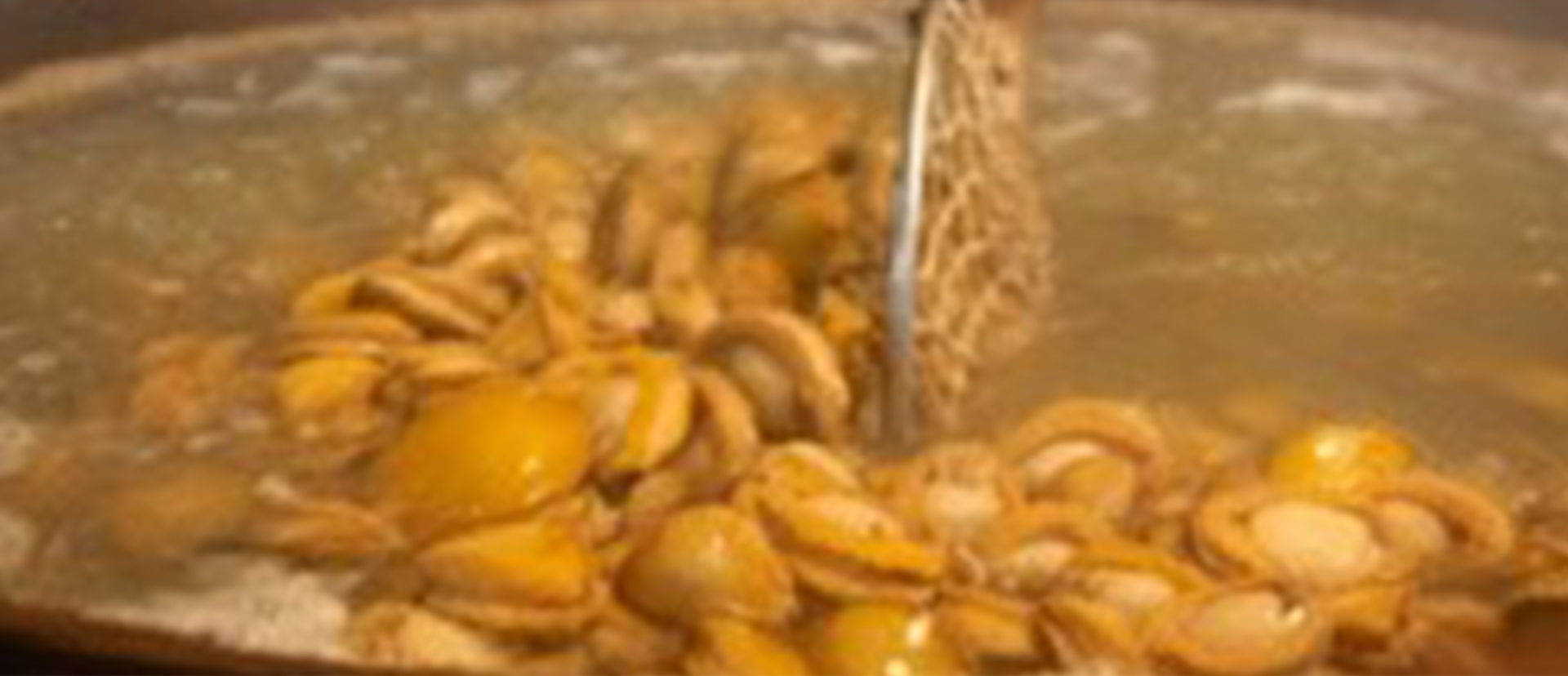
03 It is then cooked by adding saltwater.

04 String up the fresh abalone using rope or twine. This allows air to circulate around the abalone pieces. Place the strung-up abalone in an area with direct sunlight and exposure to the natural sea breeze. This helps to gradually dry out the abalone.
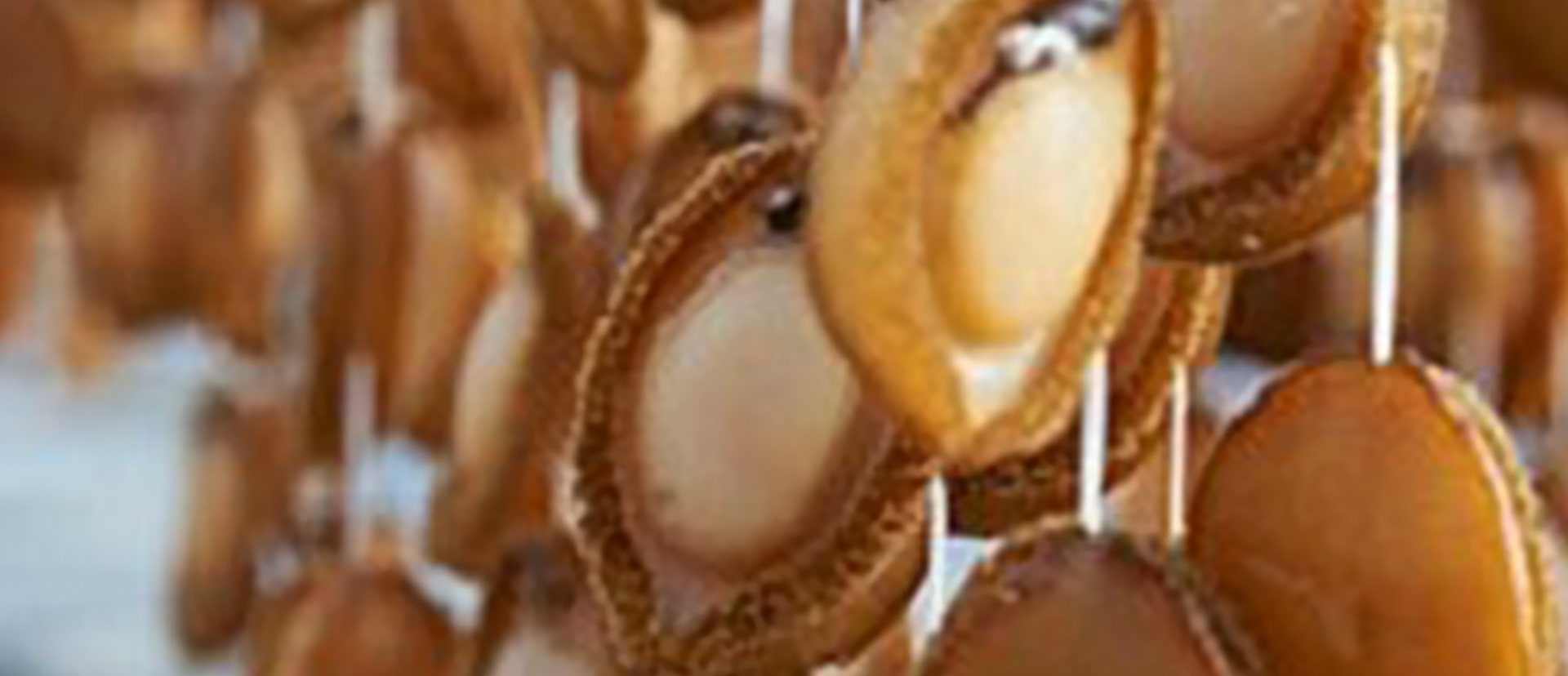
05 Placed under the sun for further drying.
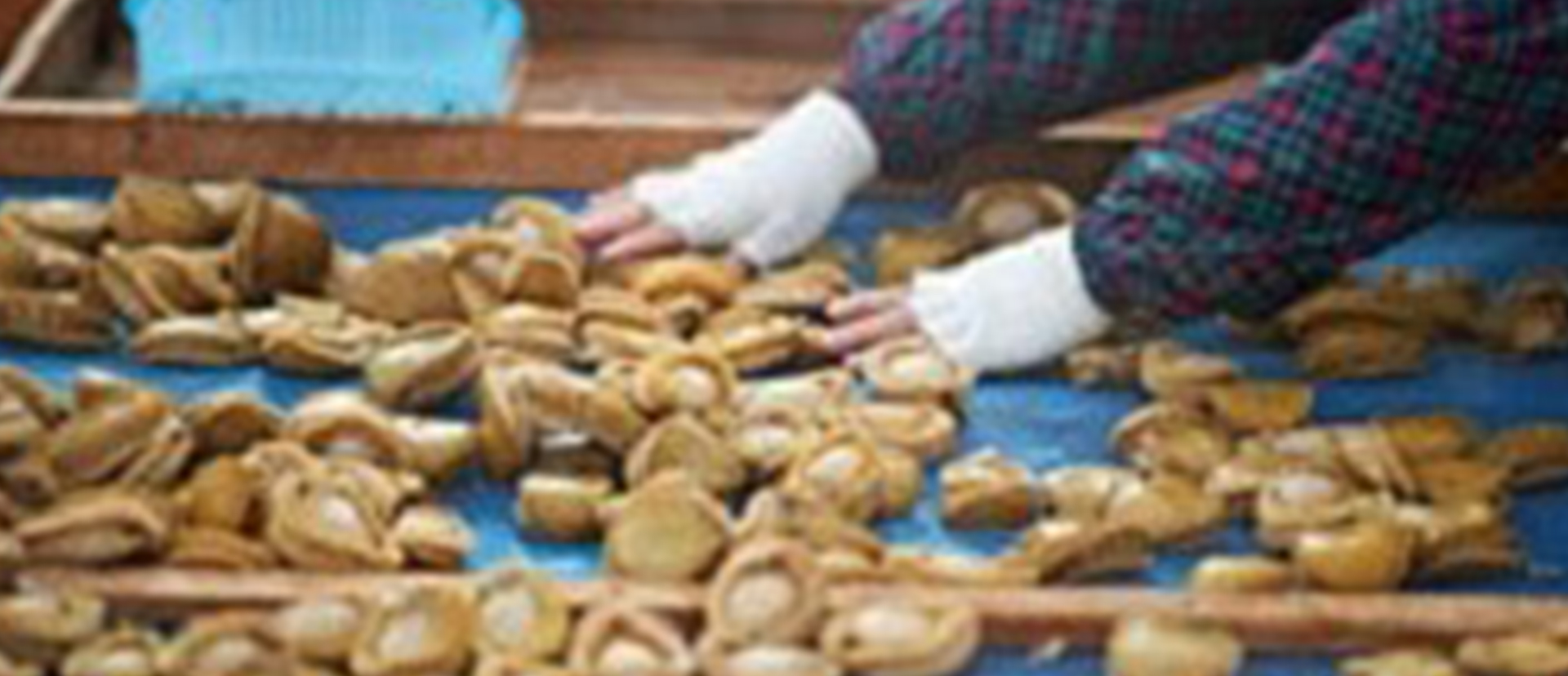
06 The abalone is cooled naturally by the ocean breeze. Japan accounts for approximately 10% of the global abalone production. Due to its long history and exquisite craftsmanship, Japanese dried abalone is renowned for its high quality and is considered among the best in the world.
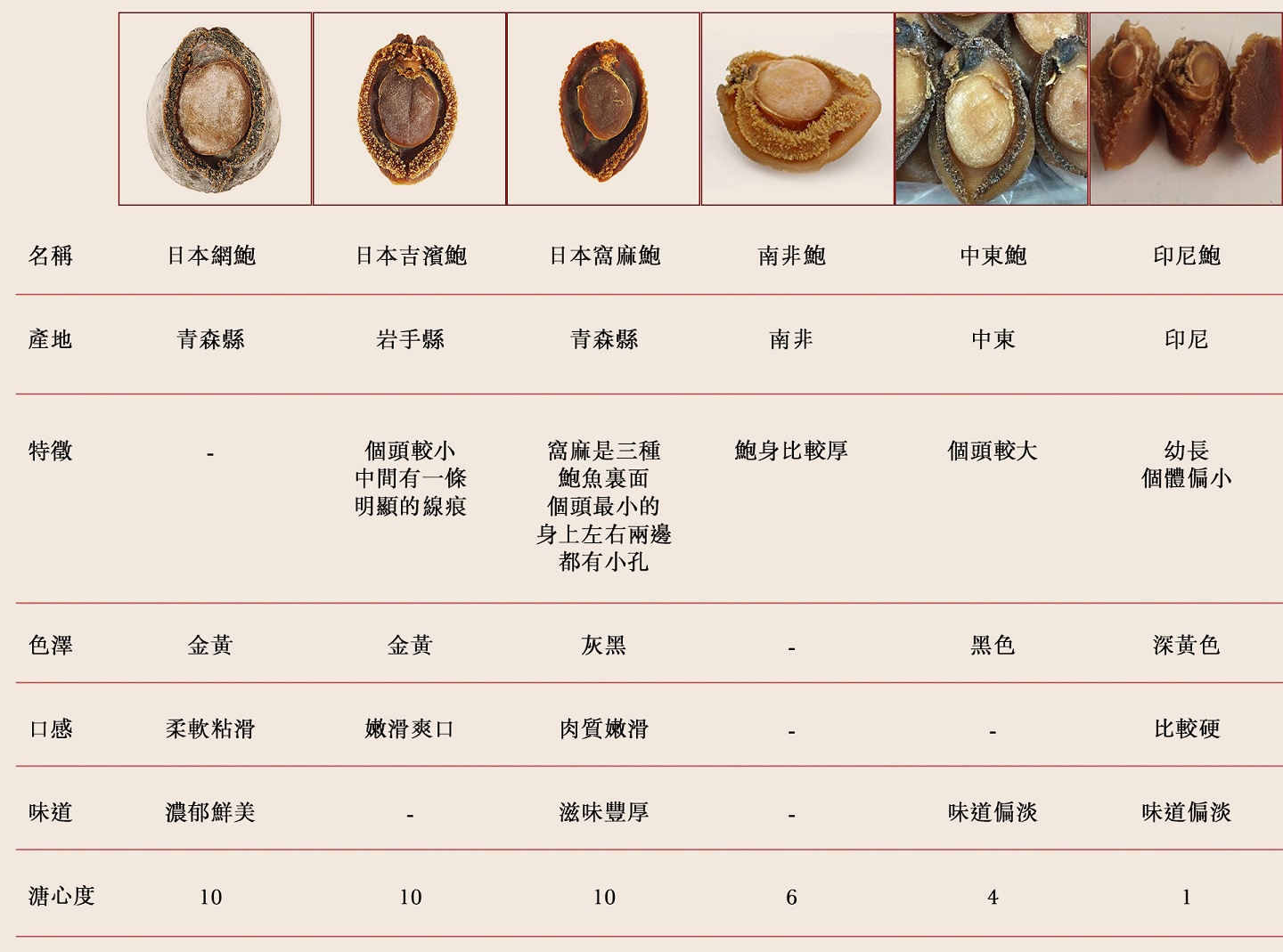
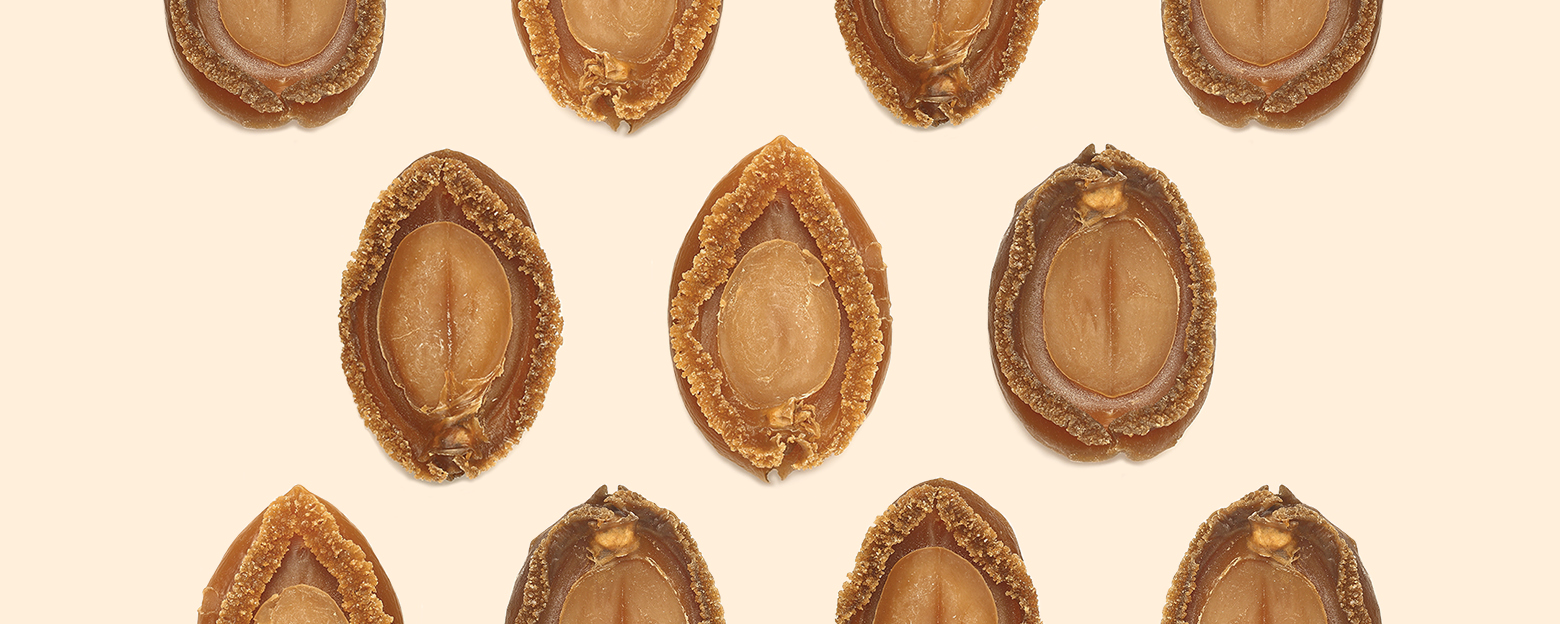
.jpg)













